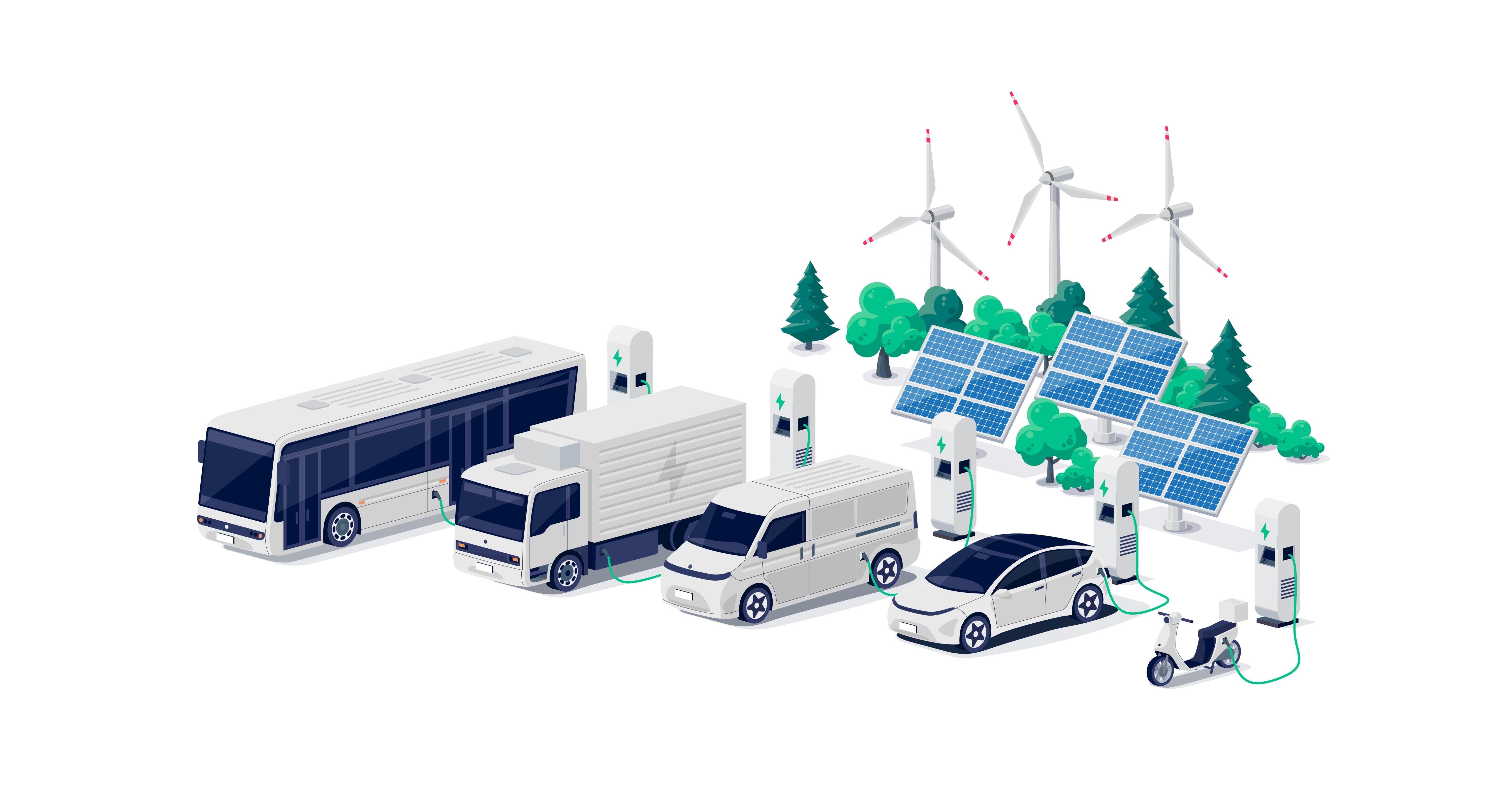Australia is a nation that loves to drive, with weekend road trips being a favourite pastime for many. However, as petrol and gas prices continue to rise and climate change remains centre stage, it is timely to reconsider how we travel.
The established conversation is that the future of driving is electric. Passenger cars are the evident focus, but other transport and equipment are included in the EV category. As such, Governments are supporting a range of incentives to encourage a change in our preferences and behaviour.
Incentives for financing electric vehicles (EVs) and other “green goods” aim to promote sustainable consumption and reduce the environmental impact of traditional transportation. EV incentives are provided by Governments, financial institutions and, in some cases, manufacturers.
What qualifies as an EV?
A vehicle is a zero or low-emissions vehicle if it satisfies both of these conditions:
- A battery electric vehicle, hydrogen fuel cell electric vehicle, and plug-in hybrid electric vehicle.
- Vehicles designed to carry a load of less than 1 tonne and fewer than 9 passengers (including the driver).
Hybrid vehicles without a plug are not considered eligible in most cases.

Typical EV Incentives
Be mindful of the rules that apply to your state or territory. Guidelines are constantly changing and many incentives have capping or restrictions.
That said, the common incentives are material and include the following:
FBT Exemption
Eligible cars that are zero or low-emissions vehicles first held and used after 1 July 2022 are exempt from Fringe Benefits Tax (FBT).
Depending on the value of the car and the amount of non-business use, this can be a material amount each year.
Subsidised Interest Rates
Financial institutions can offer lower interest rates for EVs and green goods. Interest rate advantages apply to various environmentally friendly cars, trucks and equipment. The discount can be as much as 1% - a substantial saving over the term of a financing facility.
Financiers are encouraging EV loans and providing comparison tools such as this Electric Vehicle Saving Calculator from Macquarie Bank.
Correct structuring for financing EV assets is essential to ensure you receive the full range of incentives available. Always seek advice from your accountant and finance broker before negotiating finance terms.
Rebates & Grants
In addition to tax credits, governments may offer cash rebates or grants to encourage the adoption of EVs and green products.
Vehicle Operating Incentives
Some regions provide additional incentives beyond tax credits, such as free or discounted parking, reduced toll fees and access to carpool lanes for EV owners. These perks can enhance the overall value proposition of owning an EV.
Additional Government Incentives
Registration fees and annual taxes for EVs are generally lower than those for traditional vehicles to reward consumers for choosing transport options with lower emissions.
As an example:
Stamp Duty (State) – Varies between States and gives exemptions on eligible vehicles to a prescribed limit, with savings of up to $3,000.
Luxury Car Tax (Federal) – Cars with a purchase price over a certain amount attract a Luxury Car Tax (LCT). Cars with a value over a threshold attract a tax rate of 33%.
However, the thresholds are more generous for EVs, as outlined below.
|
Financial year |
Fuel efficient vehicles |
Other vehicles |
|
2023–24 |
$89,332 |
$76,950 |
|
2022–23 |
$84,916 |
$71,849 |
When combined with stamp duties and financing costs, the savings for choosing EV are considerable.
State of Play in EV
Australia still lags behind the rest of the world, with less than 5% representation of vehicles on Australian roads, compared to a global average in other developed countries of circa 15%. One of the barriers to EV take-up in Australia is the perceived lack of charging facilities. There is a fear that drivers may get stranded because of a lack of public charging facilities.
Those reservations have a place despite 5,000 public charging stations around Australia. There is concern that there is still insufficient supply to demand should the take-up of EVs grow faster in the coming years.
The Electric Vehicle Council (EVC) is the national body representing the electric vehicle industry in Australia and is a good resource for EV innovation. They aim to increase certainty for EV investment through policy, knowledge sharing and education.
One way is by looking into the future and pushing the conversation beyond passenger vehicles. Despite improvements in light EV uptake nationally, Australia is lagging on electric truck policy as one category, meaning we are missing a crucial opportunity to decarbonise freight.
Are Future Incentives Likely?
In addition to the benefits outlined, we see a time when additional incentives will become common. These may include subsidised parking, reduced toll fees, and access to express lanes for EV owners.
As incentives continue and electric vehicle options that provide quality driving performance increase, perhaps people will see the overall value in transitioning into alternatives sooner rather than later.
More Information? Contact MCP

